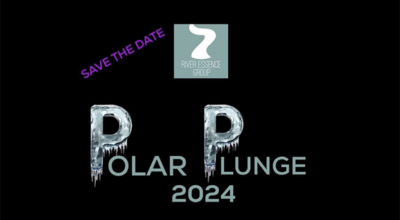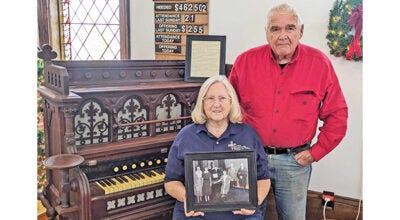Sparkling wine made for New Year’s
Published 8:31 am Friday, December 28, 2012
What better way to make the season sparkle than with a bottle of champagne or sparkling wine? Folks often reserve these fancy wines for special occasions, and that time is here.
While champagnes are called sparkling wines, and vice versa, people in-the-know will quickly inform that only those sparkling wines coming from the Champagne region of France can truly be called “champagne.” While bubbly made anywhere else in the world can only be called sparkling wine, it is no less delicious.
What makes sparkling wines special is, of course, the bubbles, and they don’t come easily. To make sparkling wine in the traditional method, methode champenoise, takes time and patience and great care.
What sets methode champenoise apart from other methods — sparkling wine made in bulk, or larger batches and then bottled — is that the process takes place in the bottle.
The sparkling wine maker first creates a fine wine — often using chardonnay, pinot noir or pinot menieur grapes. When the wine is bottled, sugars and yeast are added. Each bottle is then sealed and set at a 45-degree angle, neck down, to ferment a second time. The bottle is turned regularly to ensure even distribution, and it is watched.
As the yeast feeds on the sugar, it creates CO2 , which is absorbed into the wine. This is what gives the wine its bubbles.
When fermentation is complete, the neck of the bottle is frozen. This makes leftover yeast and sediment “blow out” when the seal is broken, leaving only clean sparkling wine in the bottle.
Left with a not-quite-full bottle of sparkling wine, vintners top the bottle off with wine or spirits to make it full again.
“The French will add a cognac to add sweetness to it, to give it a little bit of a different characteristic,” said Chris Moersch, general manager for the family-owned Round Barn Winery. “What you add back determines whether it’s a brut, or an extra dry, or what sweetness. Then you put a cork in it, the wire hood.”
Since sparkling wines are seen as party wines, they are often served with hors d’oeuvres. Dryer wines go well with cheeses and seafood. Moersch likes the Round Barn Winery’s very dry Artesia Sauvage, a blend of chardonnay and pinot noir grapes, with shrimp or oysters. Sweeter sparkling wines go well with fruits and even desserts.
“Strawberries are always a nice complement,” said Moersch, “or chocolate-covered strawberries are a nice way to finish a meal.”
At Tabor Hill Winery, three sparkling wines are made, including the sweet Spumante, Blanc de Blanc, which is semidry, and their award-winning Grand Mark, a brut.
“We have taken all kinds of medals across the United States,” says Anna Mann, a veteran Office & Wine sales associate.
Grand Mark is methode champenoise, made in the bottle, from hand-picked pinot noir and chardonnay grapes.
According to Mann, it is best to store sparkling wines in a cool dry place.
“It is a cork, so it’s always good to store it on its side to keep that cork damp, so it doesn’t dry out and allow air to get into the wine,” she said. “[It is] best served chilled, and since it is under pressure and has bubbles, at least 24 hours in advance to chill it.”





